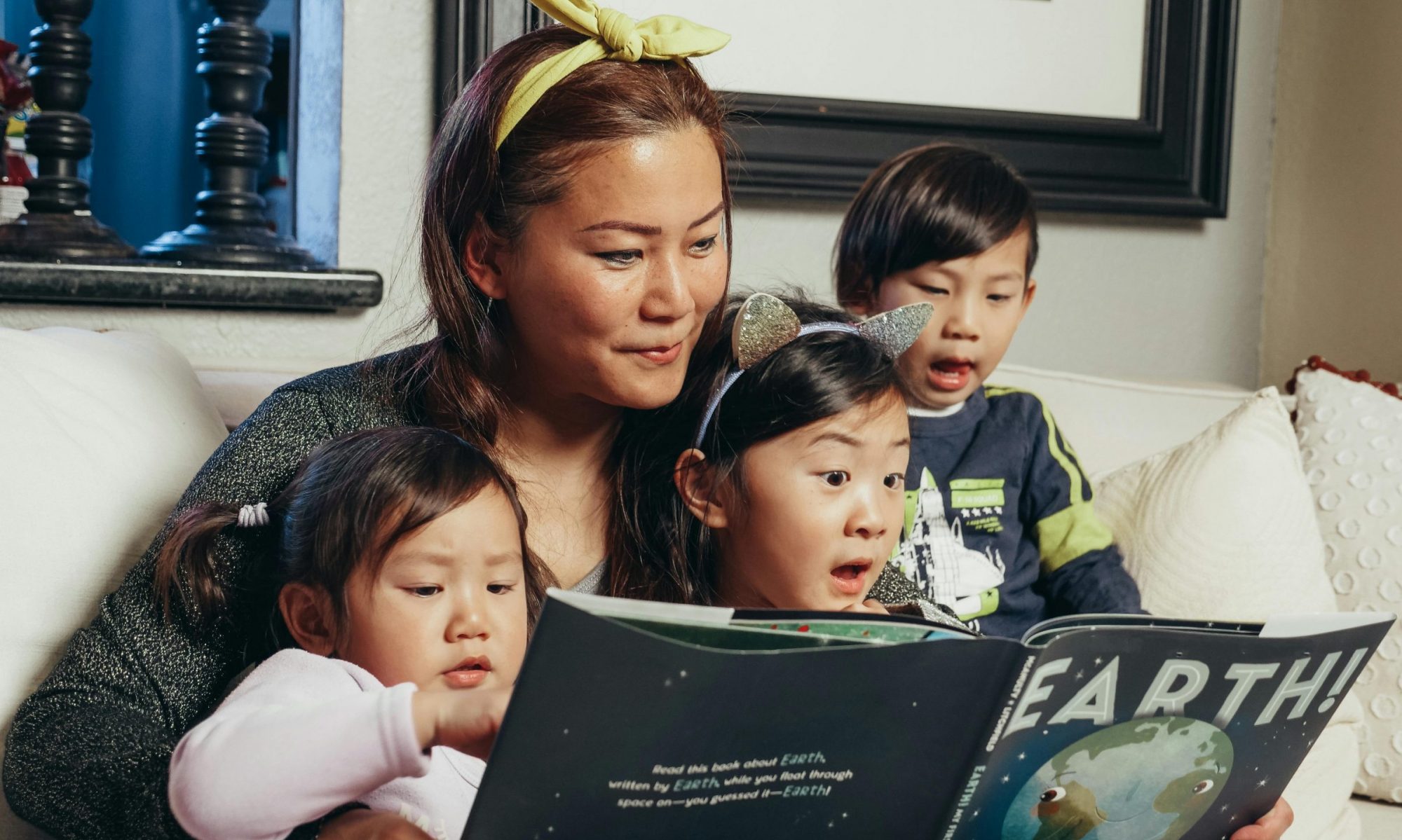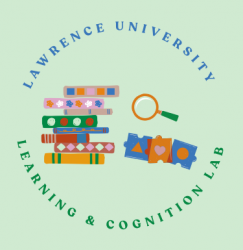
Why are we doing this research?
We want to develop new ways to help children acquire spatial vocabulary such as front, under, and between, as well as improve their spatial skills.
Who can be a participant in this study?
We are looking for children between the ages of 3 and 5 to participate in our study. Children participate at their preschool center.
How long will the study take?
The study involves a total of three sessions that are done across the course of three weeks (one session each week). The first and second sessions take around 20-30 minutes, while the second is shorter and tends to take around 10 minutes.
When and where will my child do the study?
We complete testing at your child’s preschool after getting approval from the centers, which allowed us to work with the children. Testing occurs during the time they are in school and we work with your child’s teachers to choose a time that best aligns with the classes schedule.
What will my child be doing in the study?


Your child will play a series of games with our undergraduate student-researchers to test and develop their spatial skills. An example of a prompt we give during the study is “I see a box, can you tell me where the mouse is?” or “I see three stools and a lamp, can you tell me where the dog is?” We make the game similar to hide and seek and have the child explain where the animal is, while the experimenter has a Velcro animal that they will stick on based on the child’s description of where the animal is located. After the animal is placed, the experimenter turns the book around to reveal if they had the same location. After each portion of the session, the child has a chance to put stickers on a sticker animal given at the beginning of the session as a reward for their participation and engagement. Each session has different book versions, including farm, playground, and a house book, to make sure that it is engaging and enjoyable for the child. If at any point your child says that they do not want to participate or continue participating in the study, the experimenter will stop and return them to their class or you

